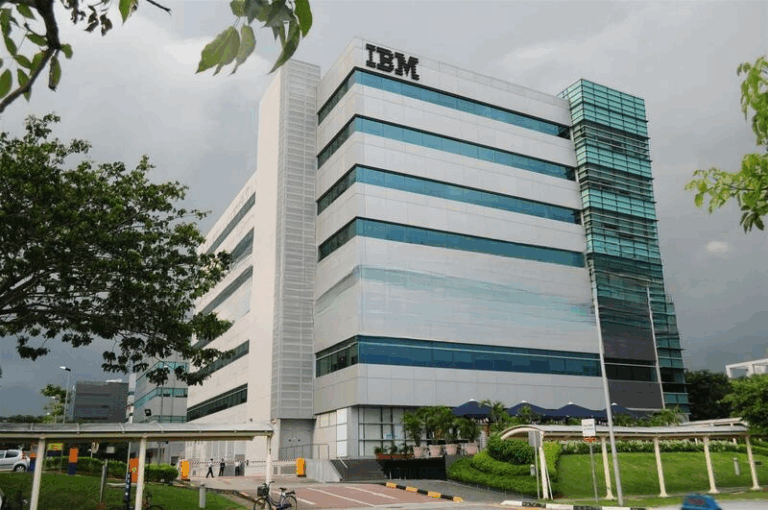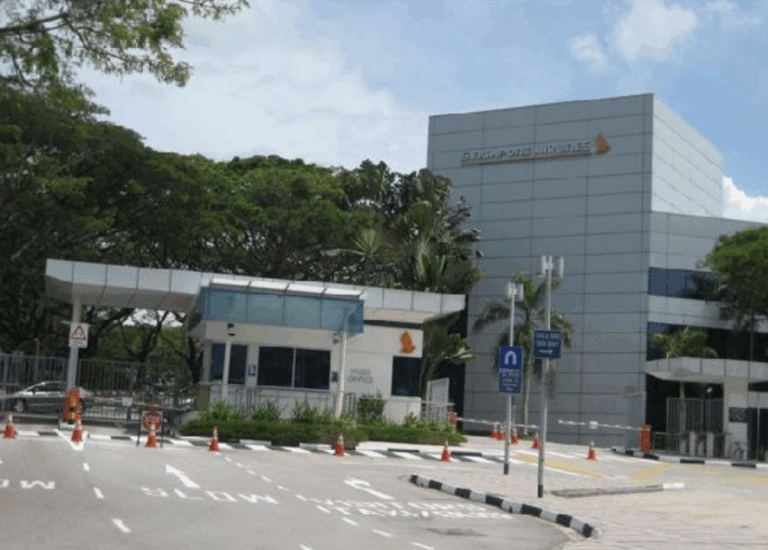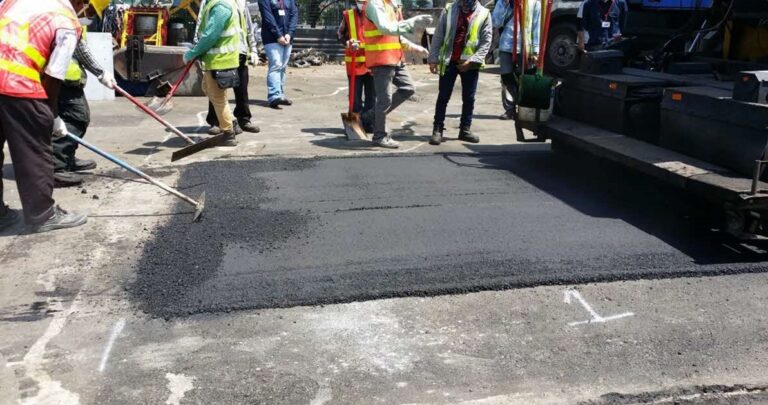Thambi Robot Project 2018 - Singapore Science Center
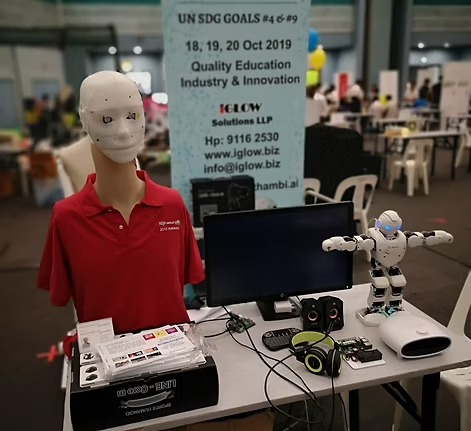
Huamnoid Robot
Place : Singapore Science Center
Aim : To achieve United Nations SDG
Goal 4 : Quality Education
Goal 9 : Industry & Innovation
Humanoid Robot done using 3 Printing PLA material
Its a POC in which planned to do the same with IP 64, 65,66
Water proof Fire Proof Weather Proof
Video Gallery
Playlist
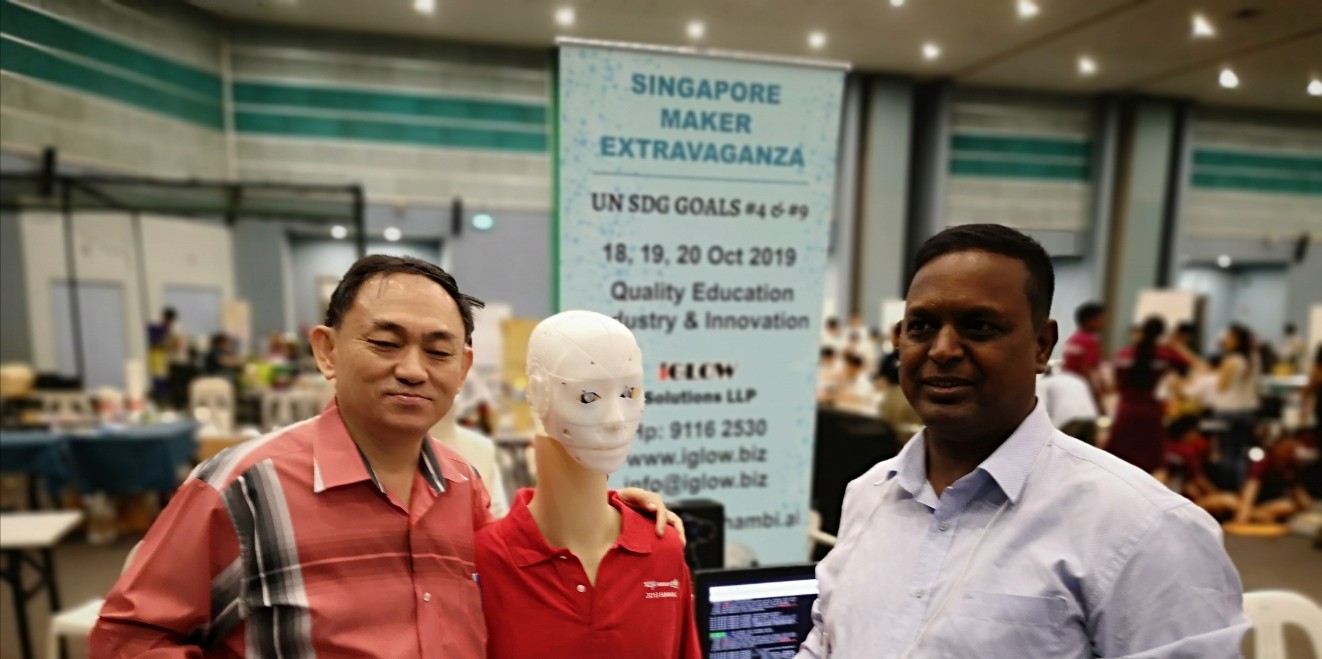
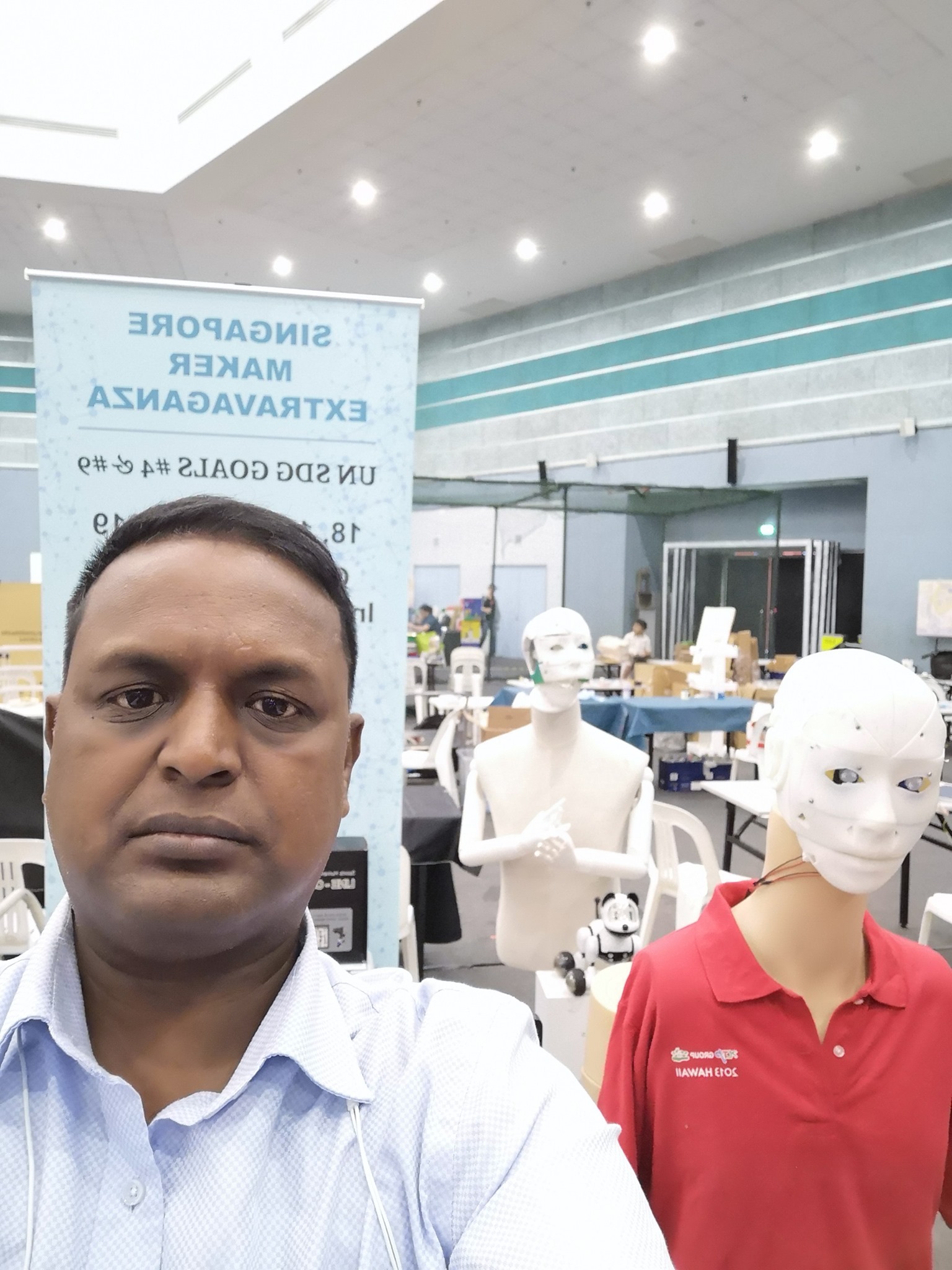
0:16

0:16
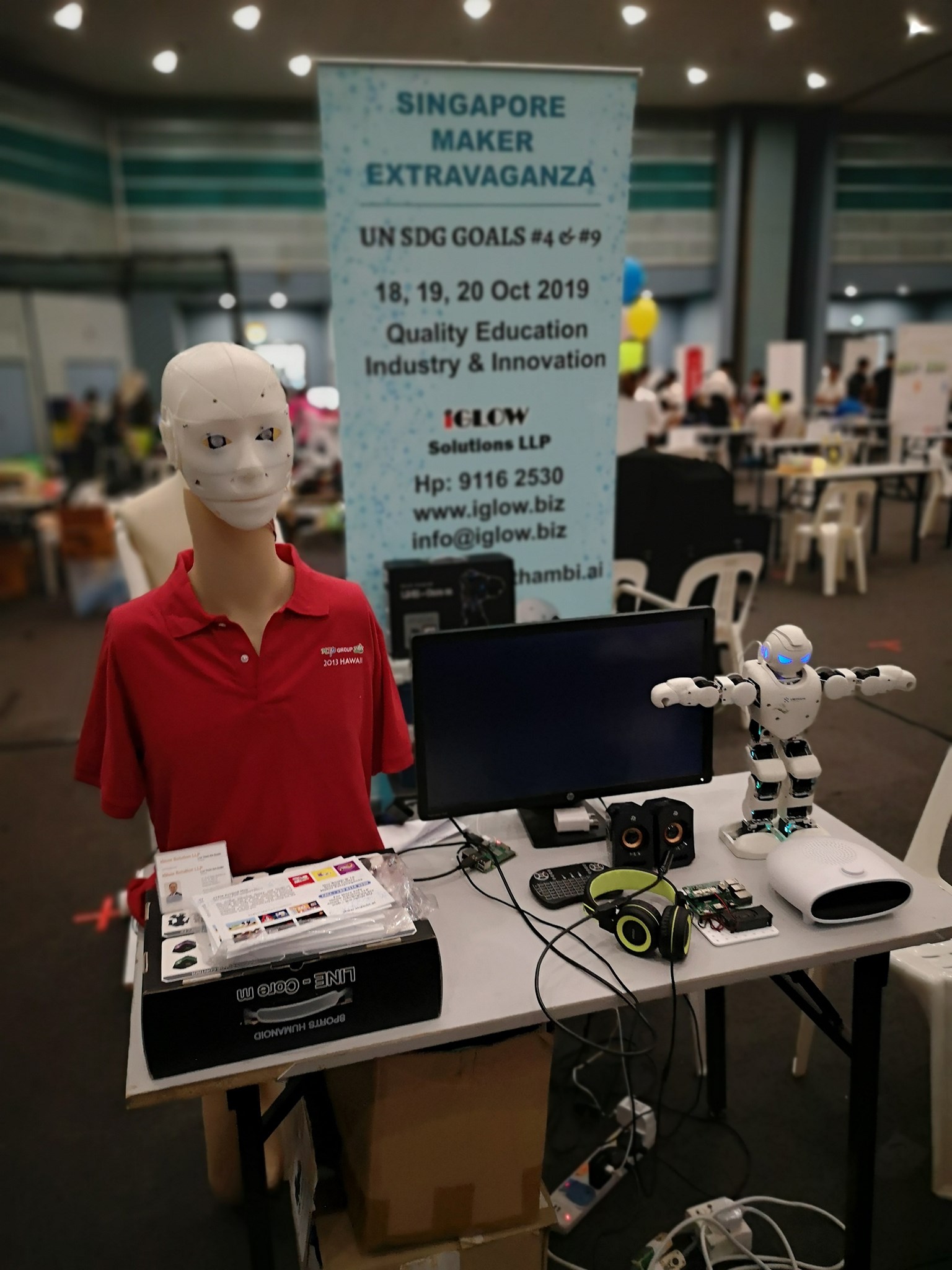
0:16
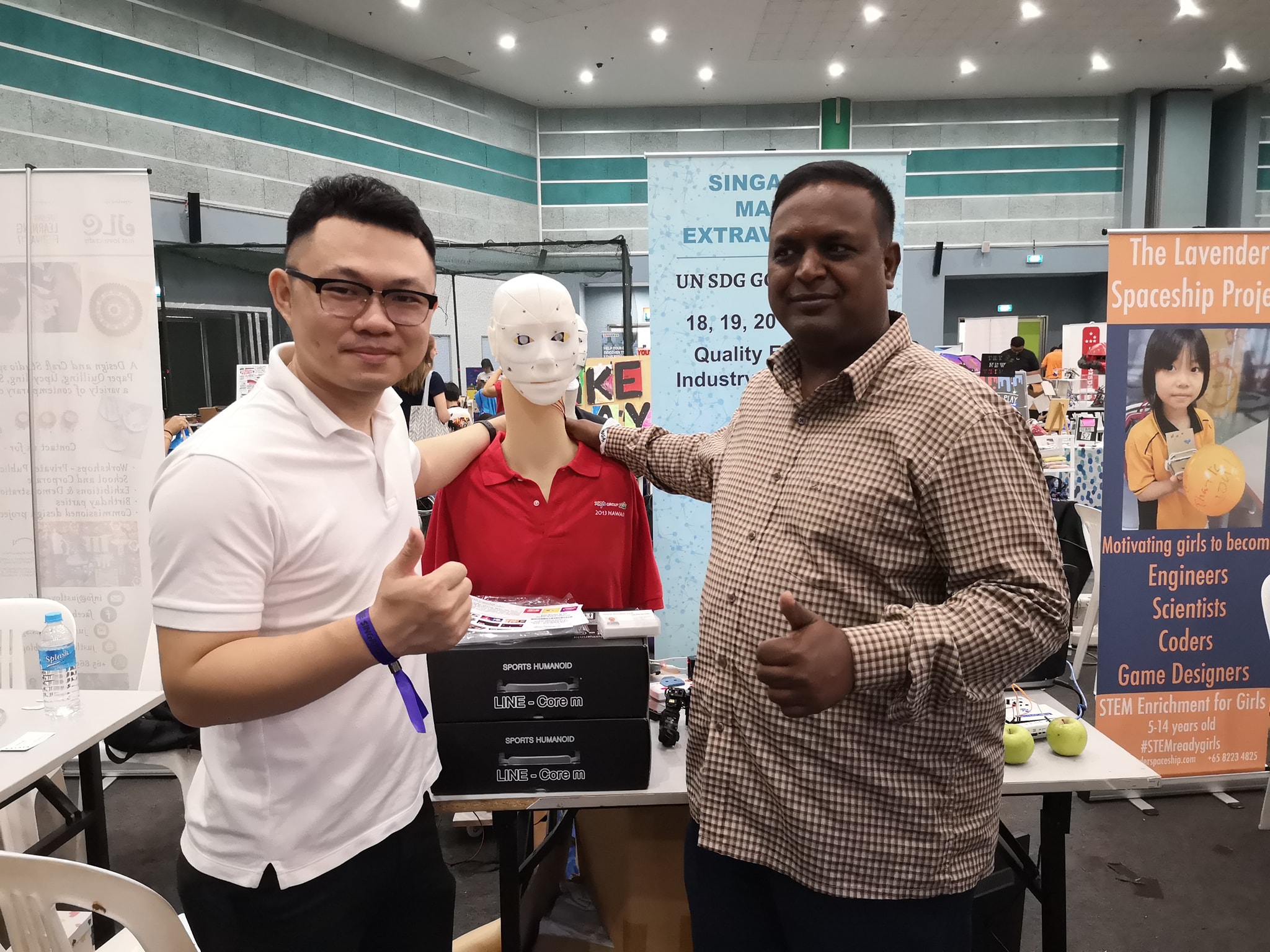
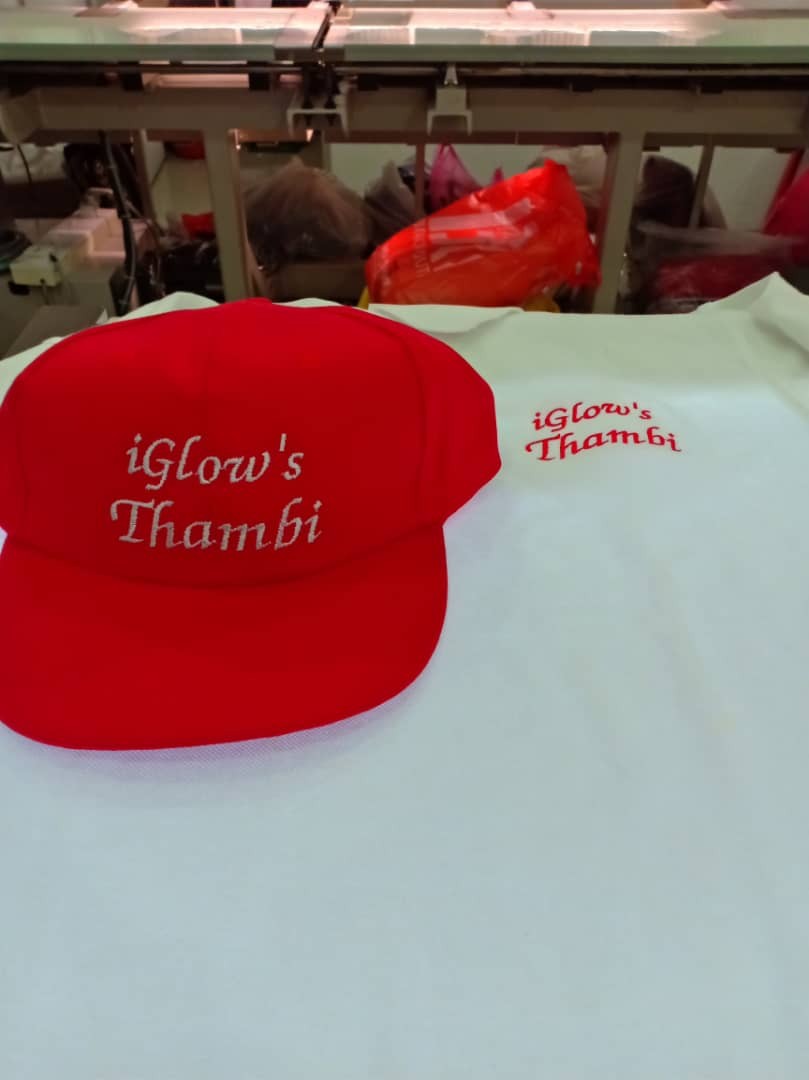




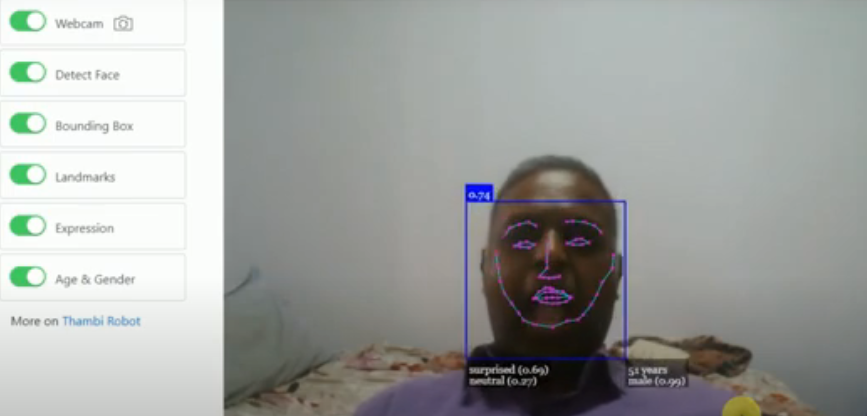


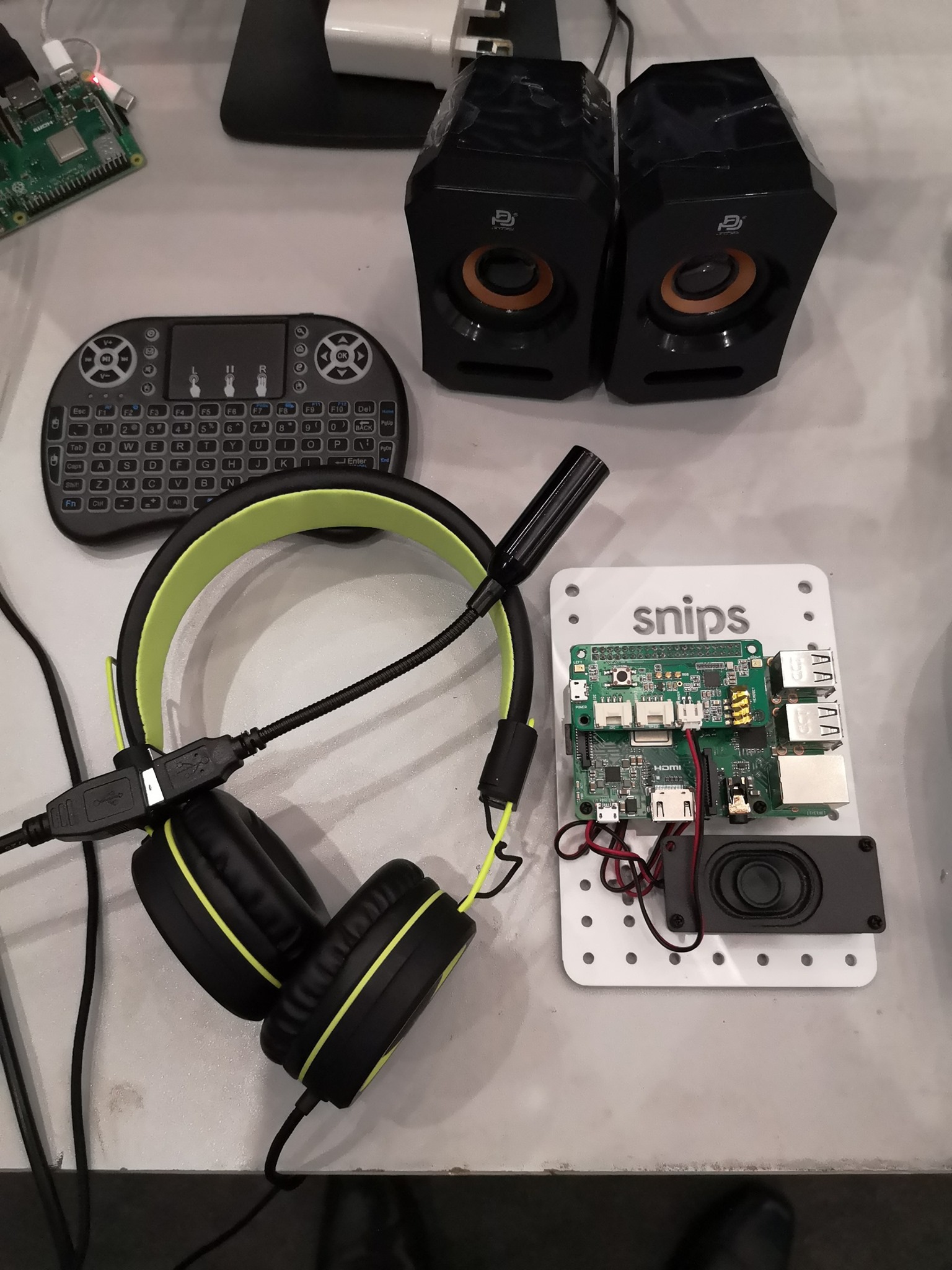
Agribots for Singapore HDB
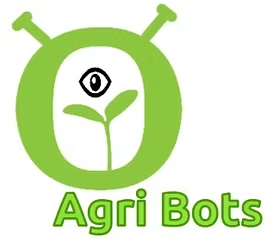
Agribots
Robots for your organic foods in your backyard or balcony
Features : Auto seed, water, monitor, clear weeds & alerts harvest, InterCrop Organic Farming from your mobile apps
Objective : To harvest & cook atleast one organic vegetable everyday. Fork of Farmbots – customised to fit Singapore`s life style, self/cloud hosted with & without IOT
Video Gallery
Playlist

FGE Control - SP Group Singapore - GDMS Project

FGE PAS
Place : SP Group, Singapore
Description : Design and Development of IIOT Portal to monitor and control Singapore Power Gas Centralised Distribution System
Singapore Smart Nation Initiative – Government Project
Smart Electronic Pressure Recorder (SEPR)
SEPR is a precision instrument used to monitor and record pressure electronically and a data logger.It can be carried as a portable instrument or mounted in a fixed location.
Project From July 2017 to Dec 2020
Video Gallery
Playlist
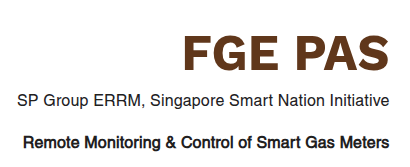

Smart City Coimbatore Project
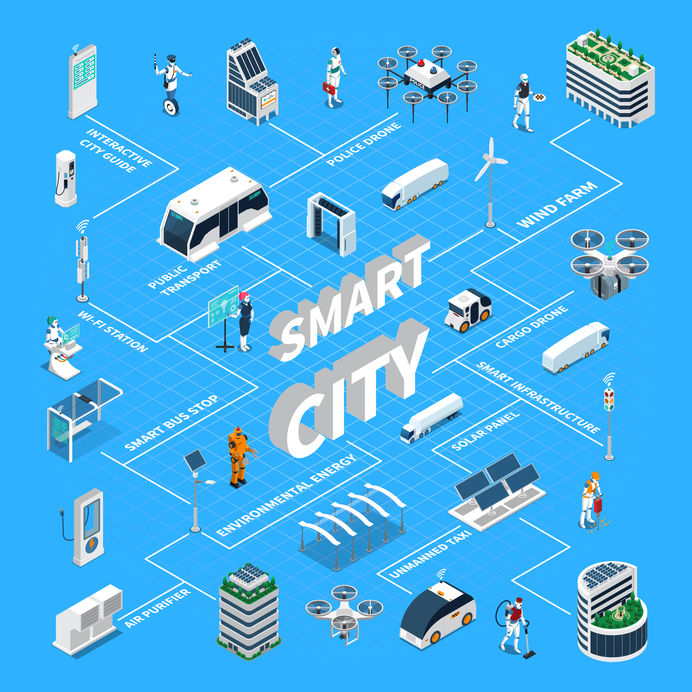
SMART CITY COIMBATORE PROJECT
Place : Coimbatore City, Tamilnadu, 641001
Objective :
To make attendance 100% for all cleaning labours working in remote sites. Each Employee has been given gps trackable ID Cards with GPS Tracking device attached in the cleaning lorry and also to the dumping basket.
The staff member card, Lorry and Trash bin all the devices should sync to the same Lattitude, Longitude and the dwell time between the task is also taken into consideration for attendance and 8 hours duty period.
Smart Nation India – Government Project
Project From Feb 2016 to Nov2017
Video Gallery
Playlist
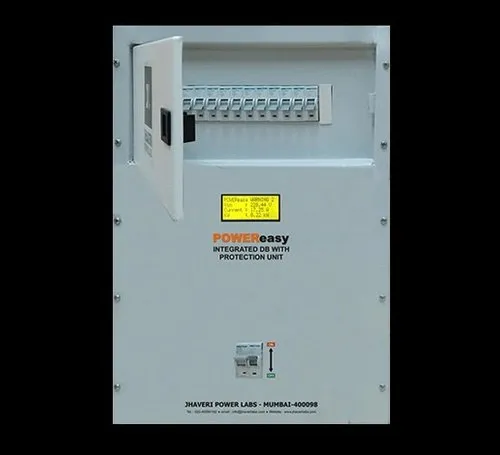
Smart Electrical DB - POC

SMART ELECTRICAL DB-POC
Place : Singapore Punnggol HDB Project
Description : Punggol Smart Town
Bringing together residents, businesses and students, Punggol is slated to become a thriving, tech-enabled, sustainable town showcasing our Smart Nation ambitions.
Project From Jan 2019 to 2020
Video Gallery
Playlist

BANYI DISINFECTANT ROBOT
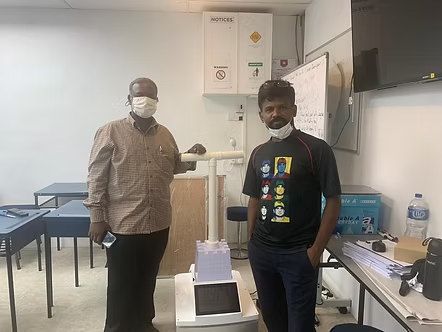
BANYI DISINFECTANT ROBOT
Place : Selegie Road, Singapore
Description :
The aim of the present work is to contribute in the fight against the spread of Covid-19, a novel human coronavirus, in hospitals, public transport, airlines, and any enclosed areas. In this study, we have adopted the physical disinfection method by using UVC light and also with Organic Chemical Sprayer as agent.
Project From Sep 2019 to 2020
Video Gallery
Playlist
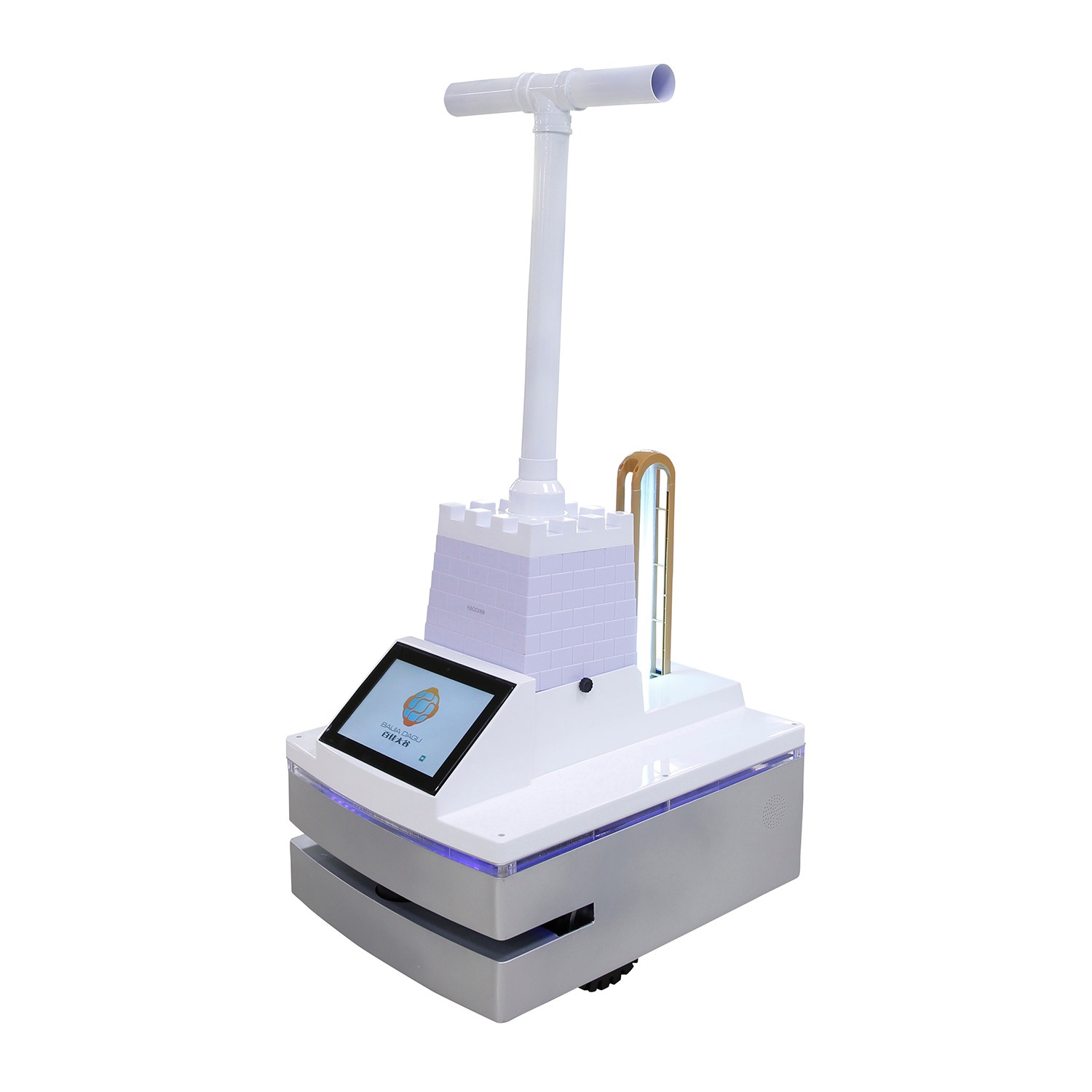
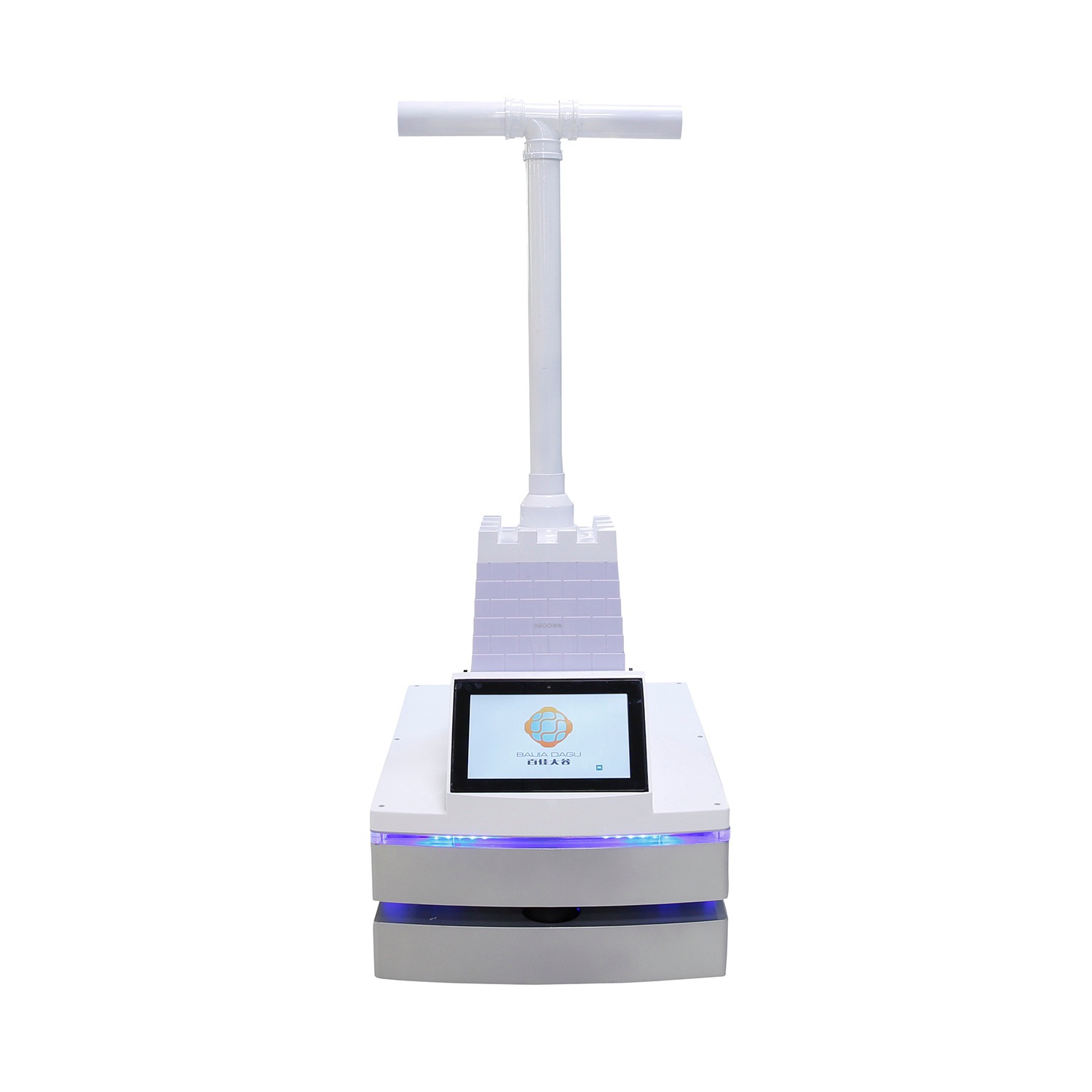
SVTL Logistics Coimbatore - GPS Project
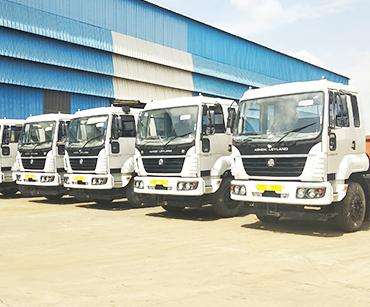
SVTL Logistics – GPS Project
Objective : To Monitor and Manage 1200+ Fleets running all over india. All the premium paid versions of cloud gps tracking platform failed performance. So Cobra Softwares Inc given a solution to install cost effective auto scaling, HA and LB server customised with Traccar using java and proxmox installed in aws. with custom web client in Angular and Mobile apps in react.
Managed Private Cloud Server with 1400 + GPS Objects www.svtl.in
Project From Feb 2015 to Feb 2017
Video Gallery
Playlist
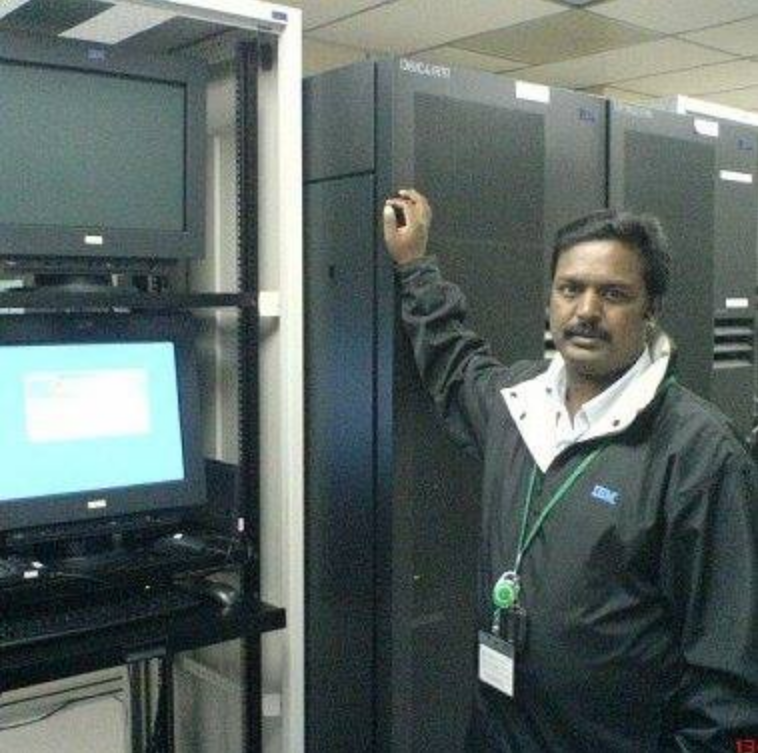
LTA FMS Projects RD 102/104
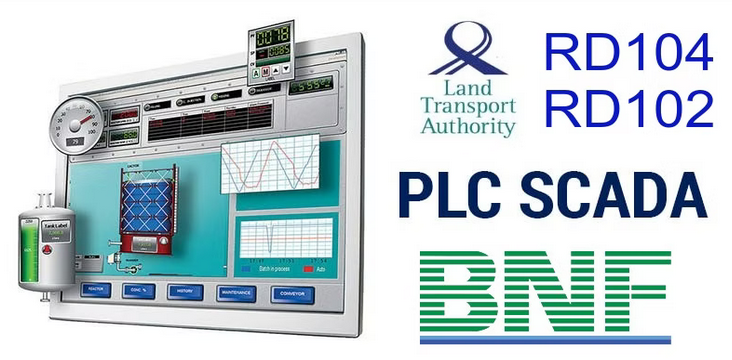
LTA FMS RD104 & 102 Project Place : Singapore Islandwide
Description : LTA FMS – Land Transport Authority Singapore – Facilities Management System – Projects RD104 & RD102
Company : BNF Engineering Pte LTd., www.bnf.com
Project From Feb 2004 to Feb 2006
Video Gallery
Playlist

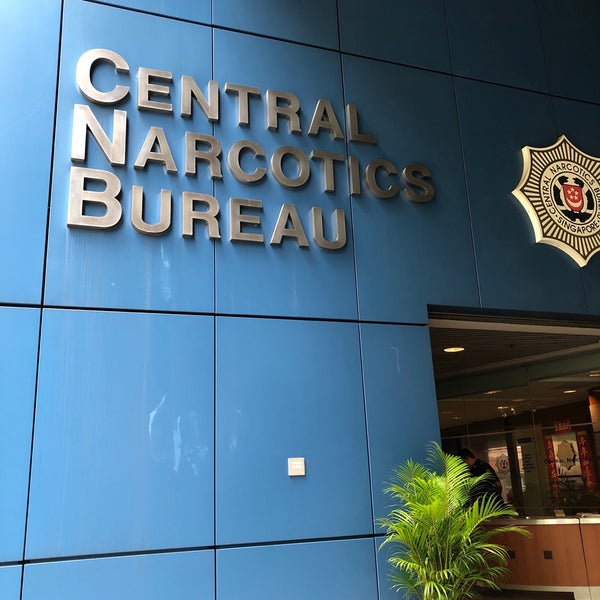
Central Narcotics Bureau – www.cnb.gov.sg
Place : Singapore
Description : BMS – Building Management System, PLC SCADA, CAR Parking System and M&E Maintenance
Company : BNF Engineering Pte Ltd., www.bnf.com
Project From Jan 2003 to Feb 2004
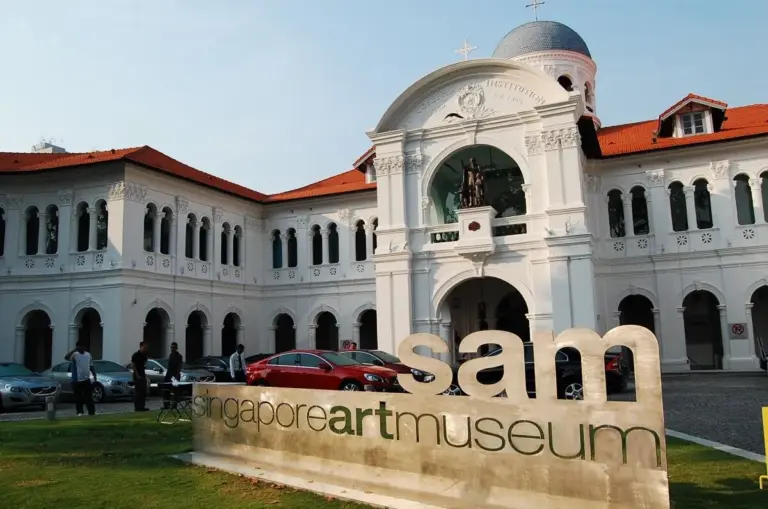
National Museum Singapore
www.nationalmuseum.sg
Description : BMS – Building Management System, PLC SCADA and M&E Maintenance
Company : BNF Engineering Pte Ltd., www.bnf.com
Project From Jan 2002 to Feb 2003
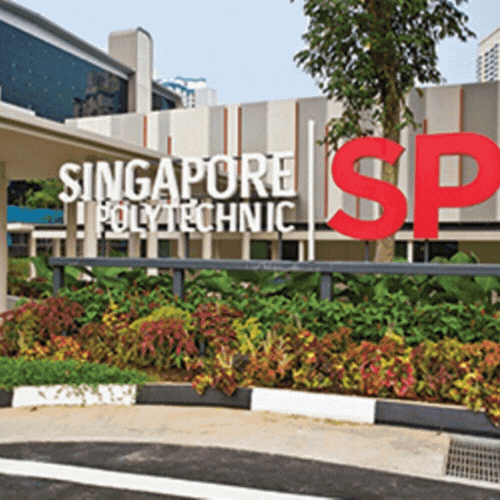
● Singapore Poly – BNF Engineering Pte Ltd
● Woodlands Civic Centre – Surbana Pte Ltd.,
● Police Coast Guard (PCG) – BNF Engineering Pte Ltd
Description : M& E, Building Autiomation System, Preventive Maintenance, Fire Alarm System.
Company : BNF Engineering Pte Ltd
Project From Feb 2001 to 2002
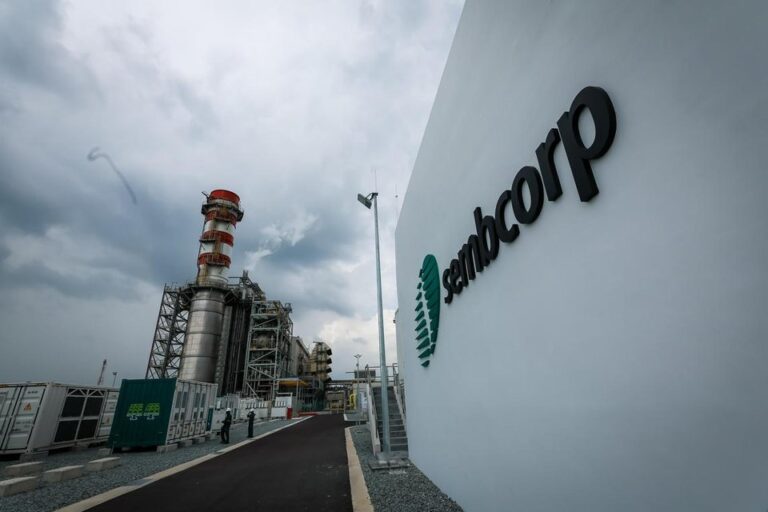
- Jurong & Seraya Island Admin Building
- Sembcorp Cogen Pte Ltd
Description : Building Autiomation System, Preventive Maintenance, Fire Alarm System.
Company : BNF Engineering Pte Ltd
Project From Feb 2000 to Jan 2001
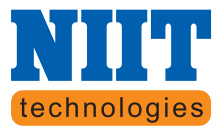
Position : Lab Faculty
NIIT Pollachi
Project From Feb 1997 – 1998
Useful Links
Contact us
- +1630 800 3144
- me@karthik.sg
- Whatsapp +9175503 79333
- Telegram : cobrasoftwares
